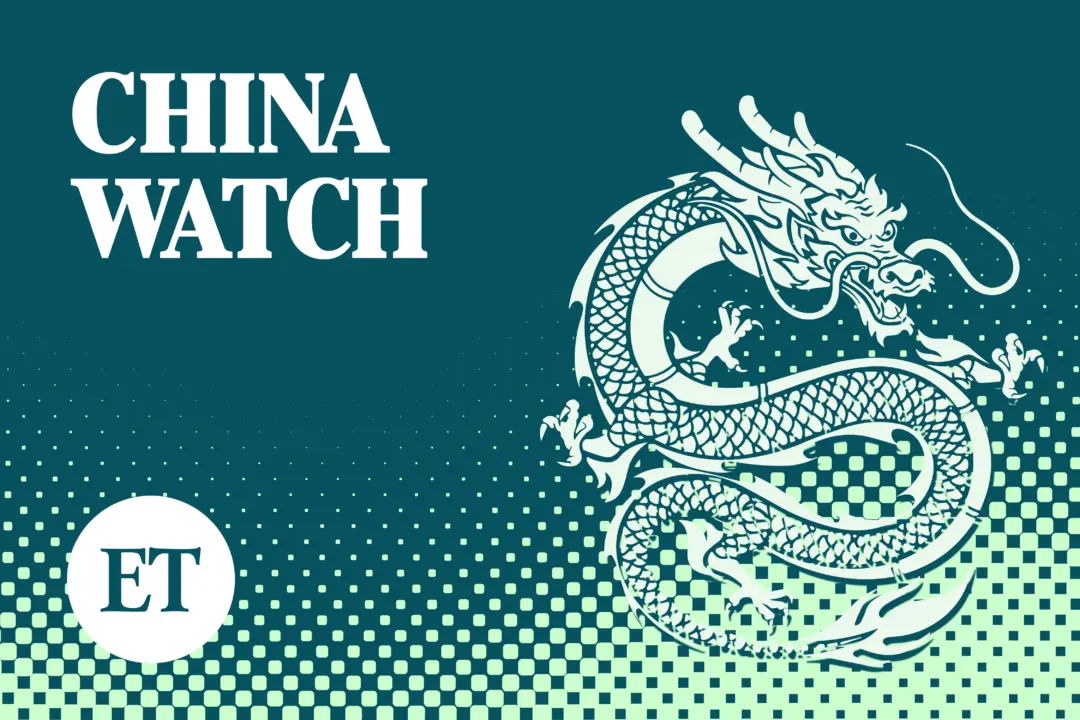FAIRFAX COUNTY, Va.—For the first time in two decades, St. Paul VI Catholic High School in Virginia has a waitlist, which is occurring not long after a move to a larger campus that expanded the school’s capacity by 20 percent, or 200 students.
Paul VI, as locals call it, has enjoyed double-digit growth for the past two years: 12 percent in the 2020–21 school year and 13 percent in 2021–22. With the current student count at 1,090, the school is anticipating another 8 to 9 percent increase in the school year 2022, according to Billy Atwell, chief communications officer of the Diocese of Arlington.


